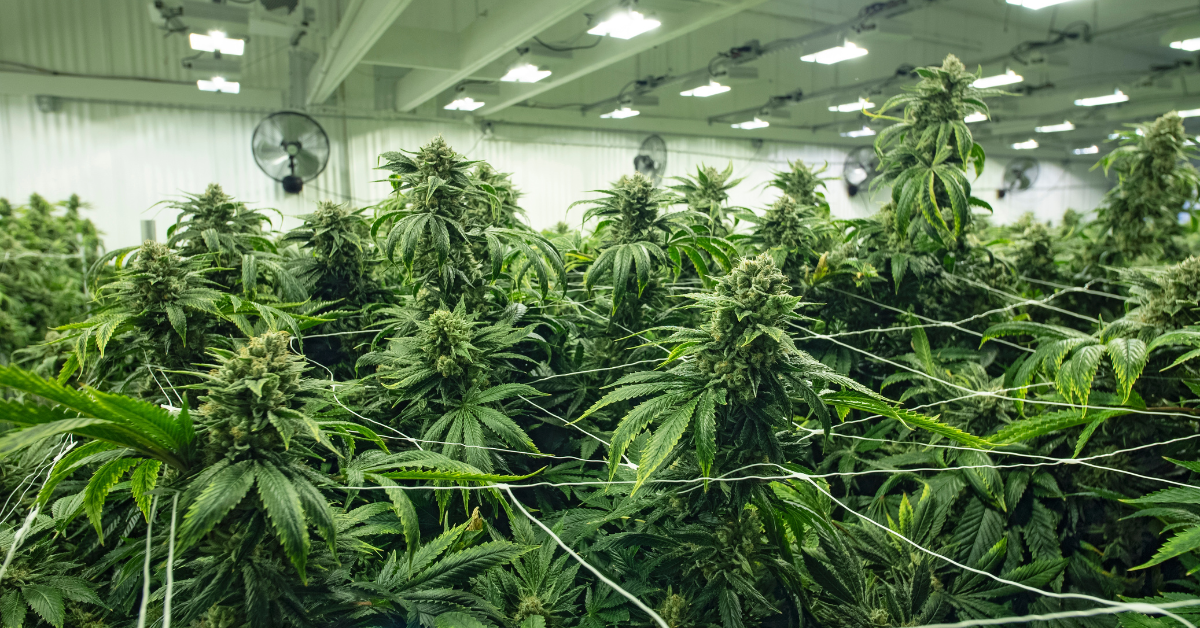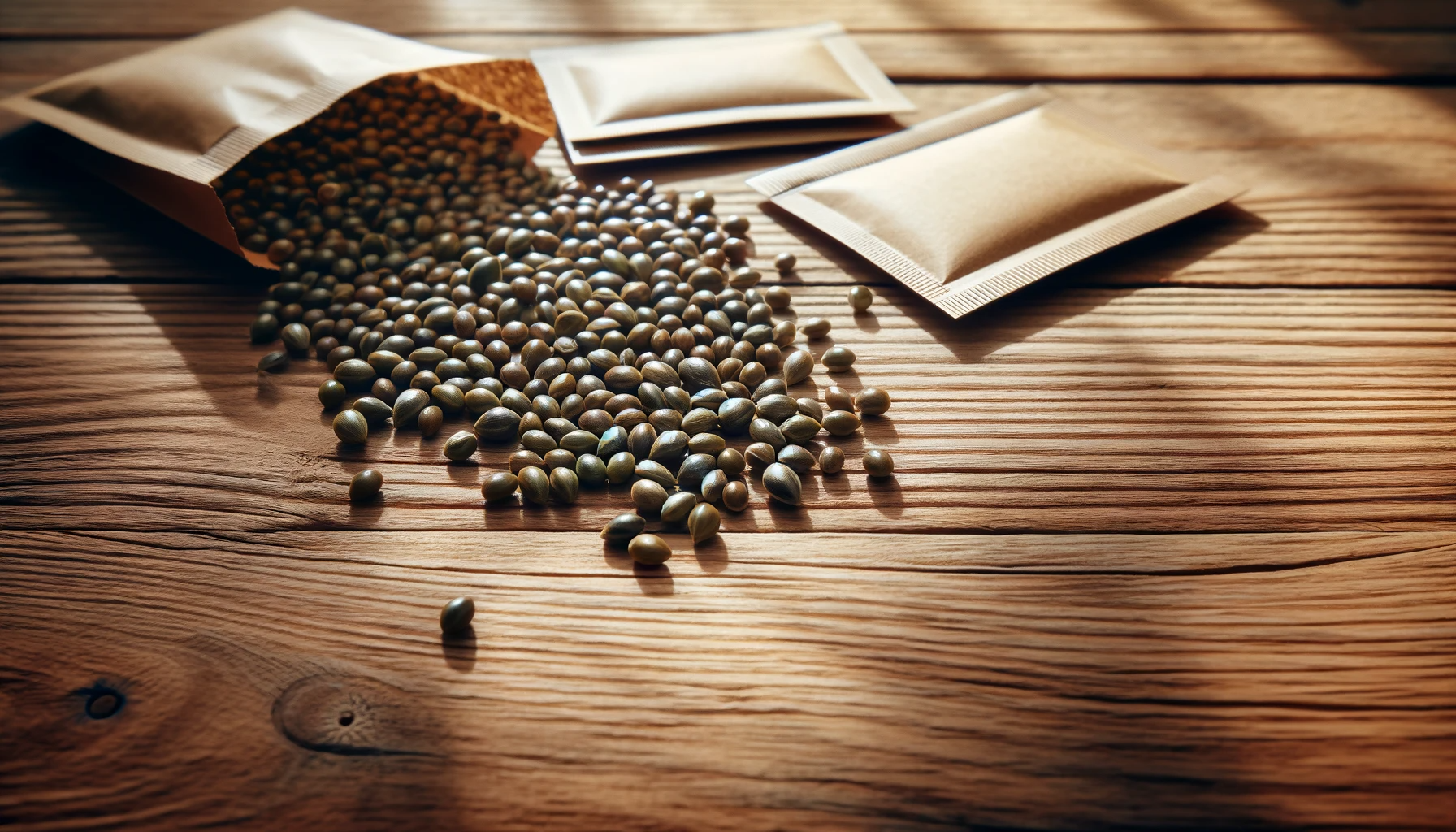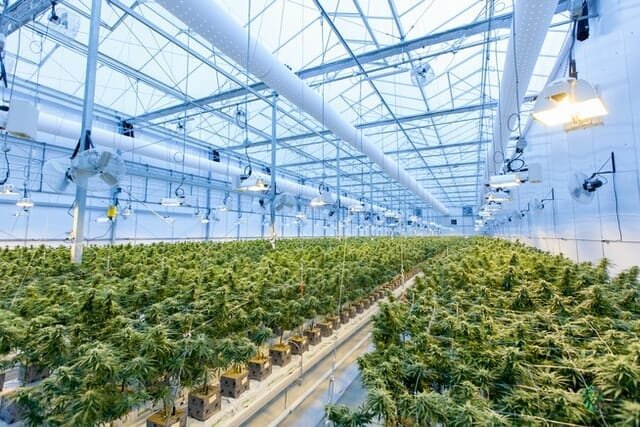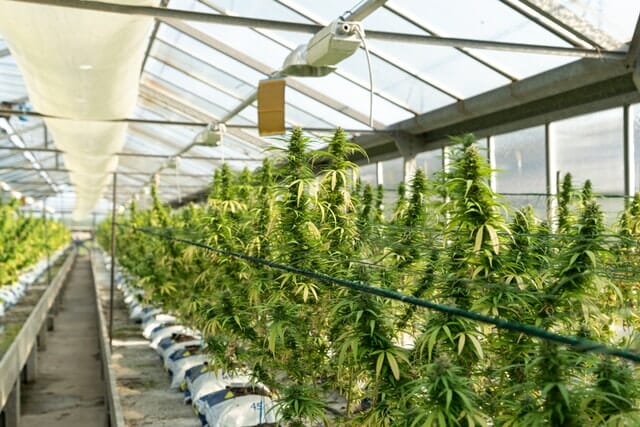Are Autoflower Plants Less Potent?
Autoflowering cannabis plants have gained popularity for their simplicity and quick growth. But a common question among growers and enthusiasts is: are autoflowers less potent? To answer this, we need to look at how autoflowers work, the origins of their genetics and how their potency compares to regular, photoperiod plants.
The Origins and Genetics of Autoflowers
Autoflowers come from a cross of two cannabis species, Cannabis Ruderalis and either Cannabis Sativa or Indica. It is the Ruderalis part of the genetics that gives them the ability to flower automatically without needing a change in light cycles, Unlike traditional photoperiod plants, autoflowers begin flowering based on their age rather than the amount of light they receive each day.

Is Cannabis Ruderalis less potent?
Cannabis ruderalis originated in the colder regions of Eurasia, where it had naturally adapted to flower automatically. It was that original species that was low in potency, with THC levels around 2-5%. In the 1990s, a breeder called Bush Doctor began developing the Cannabis Ruderalis genetics, leading to the creation of the first commercial autoflower strain.
This was called Low Ryder and had around 8-10% THC, although this was the very first attempt at brings the Ruderalis genetics to the mass market. Over the past 20 years, selective breeding has significantly increased the THC levels of autoflowers, with some reaching up to 25%.
While early perceptions still linger, modern autoflowers now come very close to matching the potency of traditional strains.

How Autoflowers Differ from Photoperiod Cannabis
The main difference between autoflowers and photoperiod strains is the way they grow and flower. While photoperiod plants rely on changing light cycles to start blooming, autoflowers do it on their own, usually within 2-4 weeks.
This is great if you want a quick turnaround, or you have limited space to grow. However, because autoflowers are mixed with ruderalis genetics, there are some concerns about potency, especially compared to the more familiar photoperiod strains.
Potency Factors in Cannabis
What Determines the Potency of a Cannabis Plant?
Potency in cannabis comes down to several key factors, the most important being the plant’s genetics, growing conditions, and cannabinoid profile. THC is the compound most associated with potency, though other cannabinoids like CBD also contribute to the overall experience.

The quality of the growing environment, including light, nutrients, and care, also plays a big role in determining how potent the final product will be.
How Autoflowering Plants Can Affect Cannabinoid Content
Autoflowers, due to their ruderalis heritage, were originally lower in THC compared to photoperiod plants. Early autoflowering strains often produced less potent buds. However, modern breeding techniques have significantly improved autoflowers’ cannabinoid profiles, and many autoflowers now contain THC levels comparable to regular strains.
So, while the ruderalis influence might lower the initial potential for THC, it doesn’t necessarily mean all autoflowers are less potent.
Do Autoflowers Have Lower THC Levels?
Comparing THC Levels in Autoflowers vs. Photoperiod Strains
In the early days, autoflower strains had noticeably lower THC levels than photoperiod plants. But today’s autoflowers are much more potent thanks to careful breeding. While some photoperiod plants may still test higher in THC, many autoflower strains now produce similar results.

For example, some popular autoflowers reach THC levels of 25% or more, which is on par with many traditional strains. So, in terms of raw THC, autoflowers are not necessarily less potent than all of their photoperiod counterparts.
How Grow Conditions Impact THC Levels
The potency of any cannabis plant, autoflower or not, depends heavily on how it’s grown. Proper lighting, nutrients, and care will ensure your plant reaches its full potential. With autoflowers, it’s important to give them optimal conditions from the start because they have a shorter life cycle. If you provide them with high-quality light and nutrients while maintaining good airflow, you can maximize THC levels just as you would with any other strain.
Advances in Autoflowering Strain Potency
Breeding Techniques to Improve Autoflower Potency
Breeders have worked hard to increase the potency of autoflowers. By crossing ruderalis with high-THC photoperiod strains, they’ve managed to boost the potency of many autoflower strains over the years.
These advancements mean that today’s autoflowers can deliver the same potent effects as regular strains. The process is still evolving, but the gap between autoflowers and photoperiod strains has narrowed significantly.

The Role of Cultivation in Maximizing Potency
Even with the best genetics, how you grow your autoflower matters. Good growing practices, such as using high-quality soil or hydroponics, controlling the temperature and humidity, and providing consistent light, will help increase your plant’s potency.
This also applies to autoflowers—when grown under the right conditions, they can produce highly potent buds that rival that of photoperiod plants.
Autoflowers: Pros and Cons Beyond Potency
Yield and Growth Speed
One of the main benefits of autoflowers is their speed. Autoflowers grow and flower much faster than photoperiod plants, allowing you to harvest multiple times in one season. While they might not produce as large of a yield, the quick turnaround can make up for it, especially for growers looking to maximize their harvests in a shorter time.
Ease of Cultivation and Space Requirements
Autoflowers are known for being easy to grow. They don’t require complicated light schedules, making them perfect for beginners or those with limited space. They also tend to be smaller and more compact, which is ideal for indoor growers or those with limited room.
Can you clone autoflowers?
No, probably the biggest downside to autos is that you cannot effectively clone autoflowers. Autoflowers are genetically programmed to flower based on age, not light cycles, so a clone will continue the same life cycle as the mother plant. This means the clone will be the same age as the original plant and will not have time to develop properly before flowering.
Are autoflower strains less potent than photoperiod strains?
Yes, however only slightly. Autos are a cross between a Ruderalis parent and a normal photoperiod parent. Therefore, the offspring is ever so slightly less potent.
Can you increase the potency of autoflowering plants?
Yes, growing conditions like light, nutrients, and temperature play a major role in determining potency of your plants. One major factor is when you harvest, harvest during the two-week window where the plants trichomes are about 60% cloudy and you will be hitting the peak potency period.
Are there any autoflowers that are as potent as photoperiod strains?
Yes, some of todays autoflowering strains can product over 25% THC. For example, Godfather OG auto from the breeder Auto Seeds was recorded as producing 27% THC, although this is not as high as the Godfather OG photoperiod version it is still more potent than 95% of all other photoperiod cannabis strains.



